Every year, it seems like there are new wellness trends that sweep the nation. Almost overnight, they attract tons of people who hope to get quick results and finally get the body they want. But please don’t confuse “popular” with “healthy,” because they are two totally different things. We’re here to share seven popular wellness trends that destroy your body so you steer clear of them at all costs.
“There are countless hazards from many wellness fads because they often use extreme or questionable practices,” says Matt Kasee, MS, CSCS, owner of Trilogy Fitness Systems, a leading gym in Cincinnati, Ohio. “It’s common to see overuse injuries and unhealthy relationships with food and exercise, which impact all levels of your health.”
In this article, we’ll break down seven popular trends to avoid, why they can harm your health, and what you should do instead to protect and enhance your body. Keep reading to learn more, and next, be sure to check out 7 Fitness Habits That Are Destroying Your Body After 30.
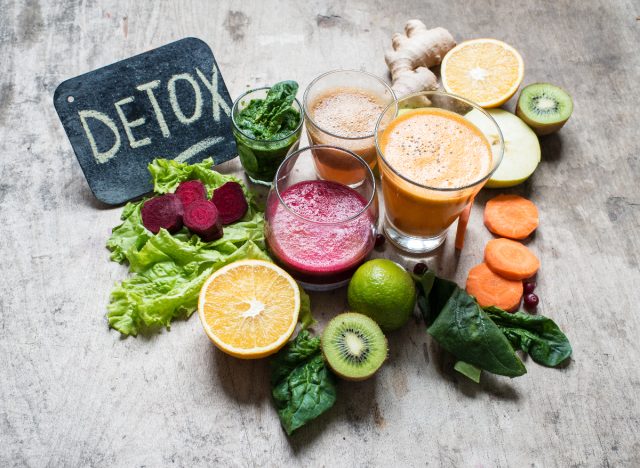

“Detoxes heavily restrict your diet while adding some cleansing supplements,” Kasee explains. “But our bodies naturally detox and process everything, which makes these fads dangerous money grabs.” Also, research suggests things like juice diets and cleanses offer little benefits and cause potential hazards.
Skip the detox, and stick to good principles. “Focus on eating balanced and nutritious foods with a lot of water to stay as healthy as possible with your nutrition,” says Kasee.
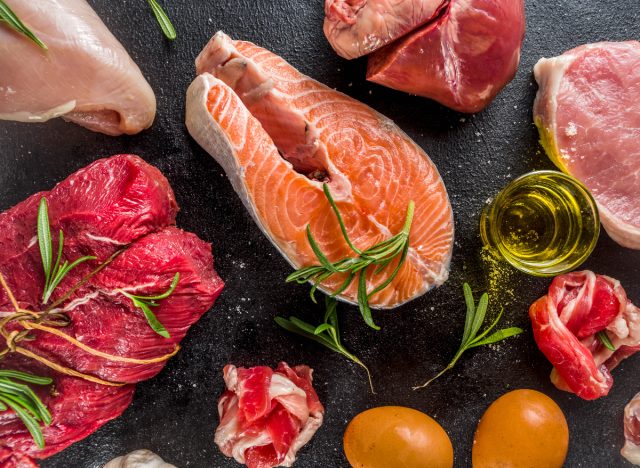

Next up in the popular wellness trends that destroy your body is fad diets. New diets constantly pop up such as the increasingly popular “carnivore diet,” where you only eat red meat, eggs, fish, and certain animal products, and skip out on fruits, veggies, grains, nuts, seeds, and legumes.
“Our bodies need carbs, healthy fats, and fiber, but eliminating them can be dangerous for our health and relationships with food,” Kasee says. Again, focus on healthy habits over trends. “A balanced diet that is high in protein, fruits, vegetables, and fiber is a better and safer approach,” Kasee adds.
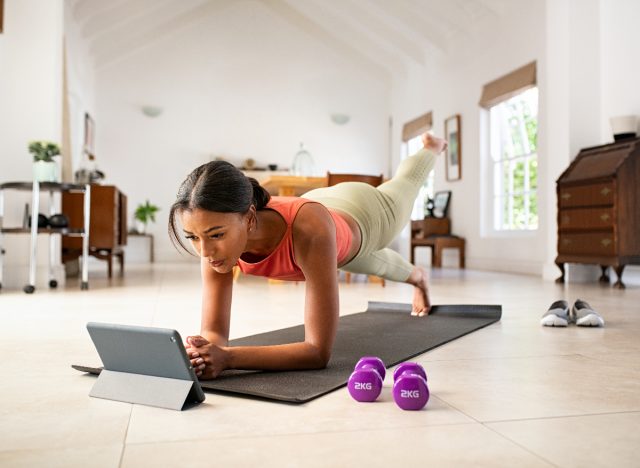

Before you try one of those “30/60/100 days of exercise” challenges, reconsider.
“Workout challenges give a burst of motivation, but they often have a huge increase in volume without any preparation, leading to potential overuse injuries,” Kasee explains. If you want sustainable results, follow a workout plan that matches your current level of fitness and that gradually and safely progresses so you can make steady improvements that last.
READ RELATED: Preventing Varicose Veins: Lifestyle Changes And Home Remedies
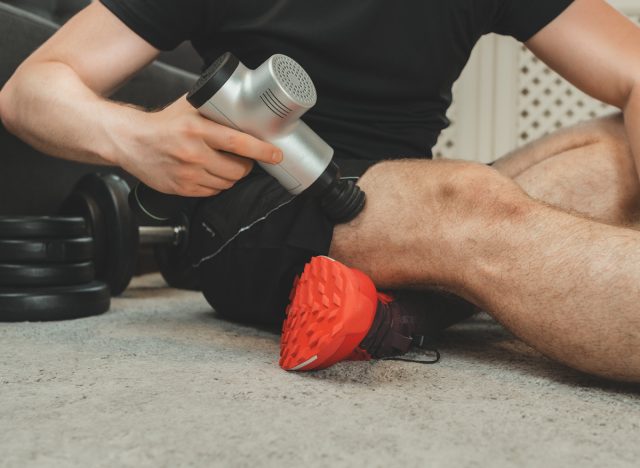

Many trends promise to speed up your recovery from training, such as cold plunges, massage guns, supplements, and more. “These provide some temporary relief to pain or soreness, but they don’t address what really affects recovery,” says Kasee. It’s like putting a bandage on the problem—eventually, it might lead to worse problems.
“To recover properly, look at what activities you’re doing, how much you’re eating, and how much you’re sleeping,” he explains. “This is where you’ll find a true balance and allow recovery to happen.”
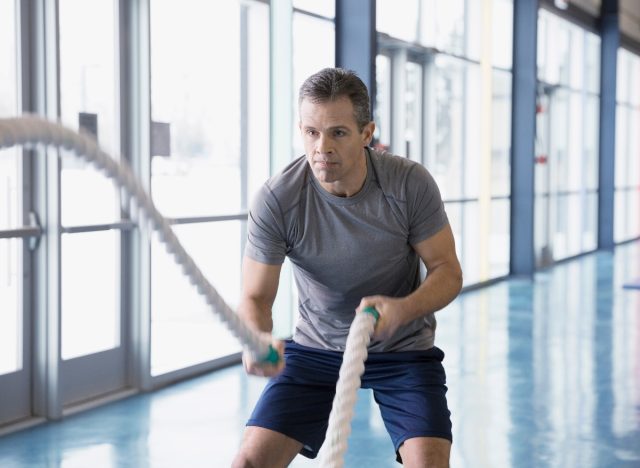

HIIT classes and gyms are popular because they often promise fast fat loss. But while HIIT has its place, only doing it can be unsafe. “Many people are not prepared for that style of workouts,” says Kasee, “and it can lead to overuse issues in the knees, shoulders, and lower back.”
Instead, follow a strength training program that gradually builds up. “You can adjust the workouts to your level, recover more effectively, develop muscle to maintain your metabolism, and build the strength needed for most activities in life,” he adds.
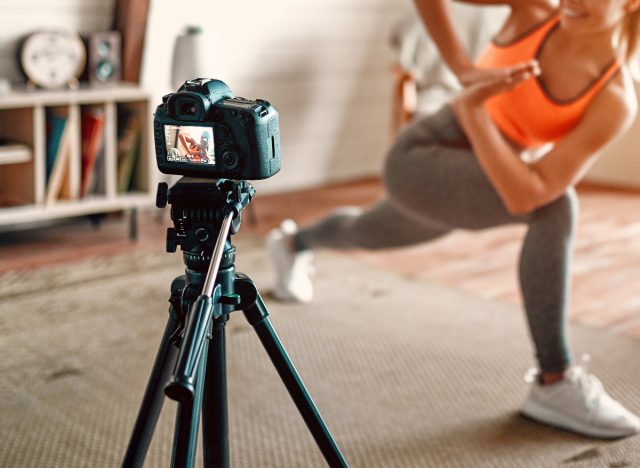

Fact: Just because someone has a great body, that doesn’t mean they know anything about fitness or nutrition. Many “influencers” push themselves to the extreme or take stuff they keep secret. Following their advice in the hopes of looking like them can lead to crappy results and lots of frustration (and wasted money).
Always seek the advice of credentialed experts. You can use those influencers for motivation, but know when to plug your ears.
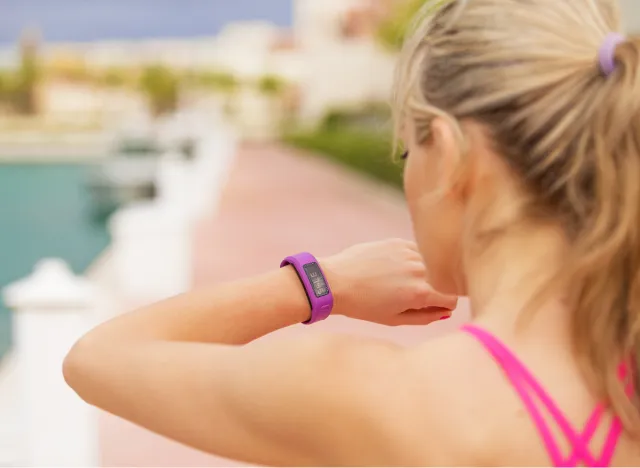

I use a heart rate monitor during exercise because it helps me train in the right zones and track my progress. But there’s a potential to go overboard as we now have tons of technology to track every part of our lives—steps, sleep, food, exercise, recovery, nutrients, and more.
“Attention to health is life’s greatest hindrance,” said Plato. The point of “health” is to live a better life; not to obsess about numbers and minutia. Pick one or two tools if you really need them, but don’t let them run your life.








